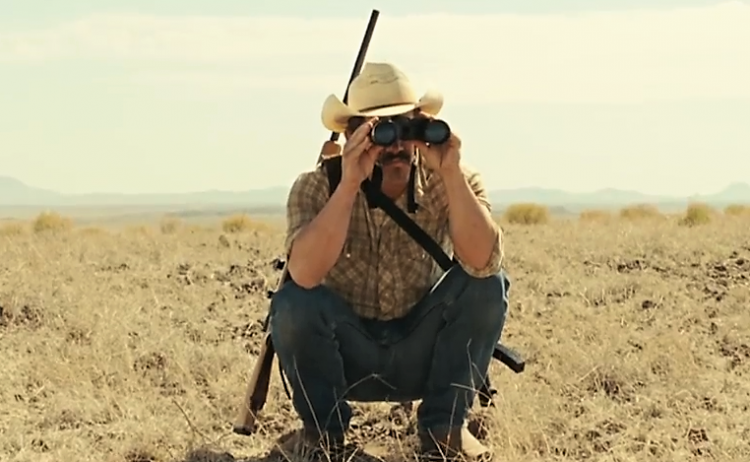How ‘No Country For Old Men’ Uses Behavior Rather Than Dialogue to Establish Character and Plot

Filmmaker Michael Tucker of Lessons from the Screenplay took a look at the sublime now-classic Coen Brothers film No Country for Old Men, specifically noting that the film uses behavior rather than dialogue to establish character and reveal plot points. Tucker also pointed out the film exemplifies filmmaker Andrew Stanton's "unifying theory of 2 + 2". Stanton's theory invites the audience to be part of the story process and stay engaged through deductive reasoning.
'Make the audience put things together. Don't give them four, give them two plus two.' It's the invisible application that holds our attention to story. 'No Cuntry for Old Men is full of this technique in action.
Here's footage of Andrew Stanton's 2012 TED Talk where he discussed the "unifying theory of 2 + 2".
- How Game of Thrones Employs Basic Storytelling Techniques in a Variety of Scenes to Evoke Emotion
- How Absolute Self-Destruction Drives Obsessive Film Characters to Achieve Absolute Perfection
- How Kylo Ren Became a Fully Developed Character In His Emotional Struggle Between Dark and Light
The post How 'No Country For Old Men' Uses Behavior Rather Than Dialogue to Establish Character and Plot appeared first on Laughing Squid.